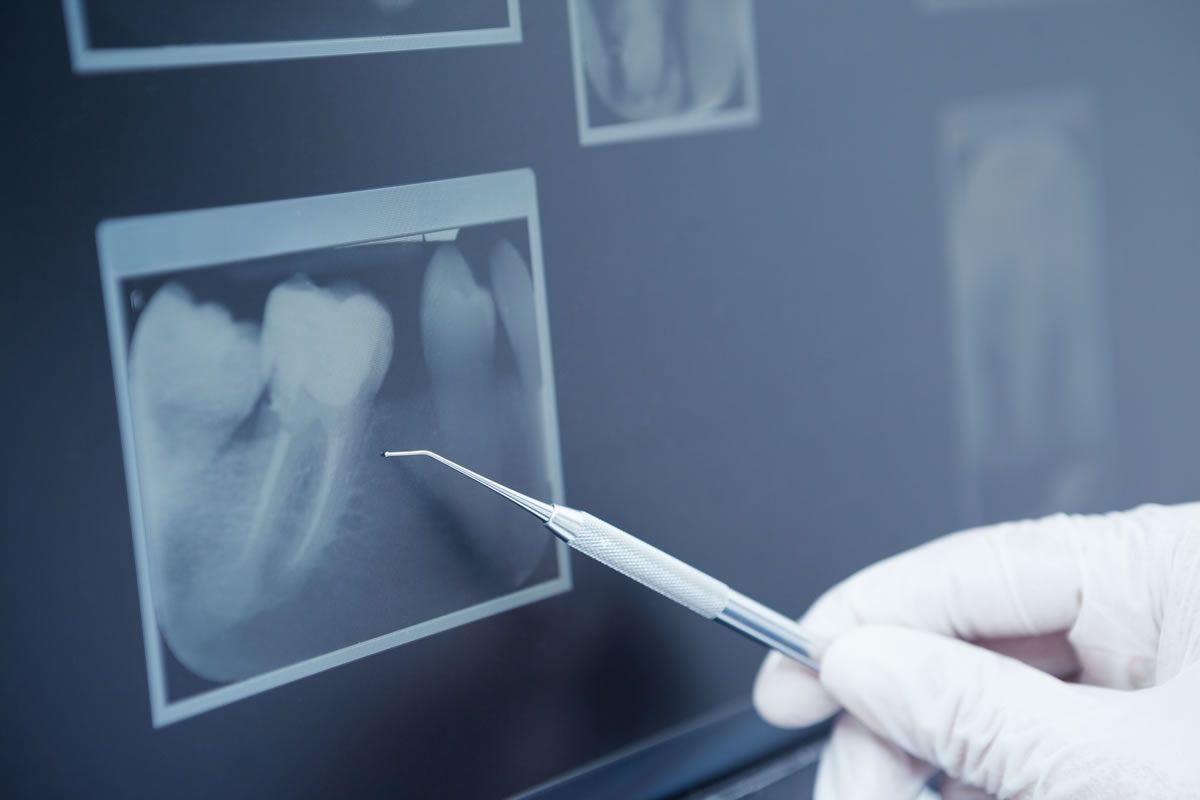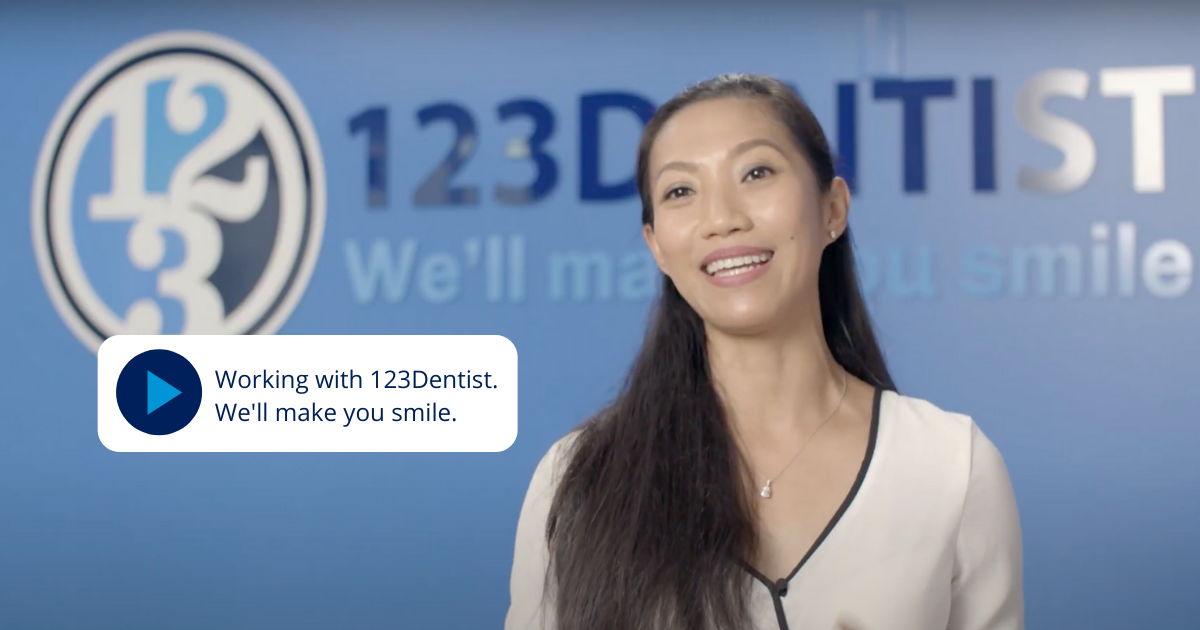You bite down on something and feel a sharp pain that quickly disappears. If this sounds familiar, you might have a hairline tooth fracture or cracked tooth. Learn more about how hairline tooth fractures occur, the symptoms you might experience, and what you can do about them.
What Is a Hairline Tooth Fracture?
A hairline tooth fracture is a small crack in the tooth. It’s actually a common condition and one of the leading causes of tooth loss in industrialized nations. The following are some of the different types of cracks that can appear on your teeth.
- Craze lines. Craze lines are minuscule cracks that appear on the enamel of your teeth. Craze lines don’t cause any pain or require any type of treatment.
- Vertical crack. A vertical crack runs up and down the tooth. If a tooth has a vertical crack that doesn’t extend to the gum line, it’s often possible to save the tooth. However, if the crack reaches into the gum line, the tooth will likely need to be extracted.
- Split tooth. A split tooth has a crack that separates the tooth into two segments. If the crack is large, it’s usually not possible to save the tooth.
- Fractured cusp. Fractured cusps typically occur around a dental filling. Since fractured cusps usually don’t affect the tooth’s pulp, they generally don’t cause much pain.
How Do Hairline Tooth Fractures Happen?
A number of issues can cause a hairline tooth fracture to occur. Some of the most common causes include the following:
- Chewing on a hard object, such as a piece of ice or hard candy.
- Pressure from jaw clenching or teeth grinding.
- A blow to the mouth from an accident, sports injury, or fall.
- Fillings that are too large and weaken the integrity of the tooth.
- Sudden temperature changes in the mouth. For example, eating hot food and immediately drinking ice water.
- Age. Most teeth cracks occur in people over the age of 50.
Symptoms of a Hairline Tooth Fracture
Not every hairline tooth fracture will have symptoms. However, experiencing any of the following could be a sign that you have a crack in your tooth:
- Pain that comes and goes.
- Pain when biting or chewing, especially when you release a bite.
- Sensitivity to sweetness, heat, or cold.
- Swollen gums around the tooth that hurts.
A cracked tooth hurts because the pressure you exert when you bite down causes the crack to open. When you stop biting, the pressure is released, and the crack quickly closes back up, which results in another sharp pain. Even though cracks are nearly microscopic in size, when they open, they reveal the sensitive pulp inside the tooth. If the pulp becomes infected or damaged, a root canal might be necessary to save the tooth.
Diagnosing a Cracked Tooth
Hairline tooth fractures are often hard to detect because the crack is so small that it’s invisible to the naked eye. If you’re experiencing some of the symptoms of a hairline tooth fracture, your dentist has different options for diagnosing the issue.
- Visual examination. Your dentist might be able to see some cracks using a magnifying lens.
- Physical examination. If your dentist can’t see the crack, he or she might be able to feel the crack by running a dental explorer over the tooth to see if it catches.
- Probe your gums. If you have a vertical crack that’s irritating your gums, your dentist can look for inflammation to help narrow down the location of the hairline fracture.
- Dental dye. Using a dental dye on your teeth can help make the crack stand out visually.
- X-ray. While X-rays can’t reveal small cracks, they can show poor pulp health, which is sometimes an indication of a crack.
You can also help your dentist narrow down the location of the crack by noting approximately where you feel the pain when you’re chewing and when and where you feel sensitivity to heat, cold, and sweetness.
Hairline Tooth Fracture Solutions
Treatment for a hairline tooth fracture depends on a number of factors, including where the crack is located, the size of the crack, and whether or not it extends into the gum line. Your dentist might recommend one of the following solutions:
- Bonding. During bonding, your dentist uses a plastic resin to fill the crack.
- Crown. A crown is a ceramic or porcelain prosthetic device that fits over the damaged tooth and caps it.
- Root canal. If the crack extends into the pulp, a root canal can remove the damaged pulp and restore some integrity to the tooth.
- Extraction. If the tooth, root, and nerves are severely damaged, sometimes the only option is to remove the tooth.
If you’re experiencing sharp and sudden pain when you bite, you might have a hairline tooth fracture. Make an appointment with your dentist today so you can go over your treatment options and find some relief.






